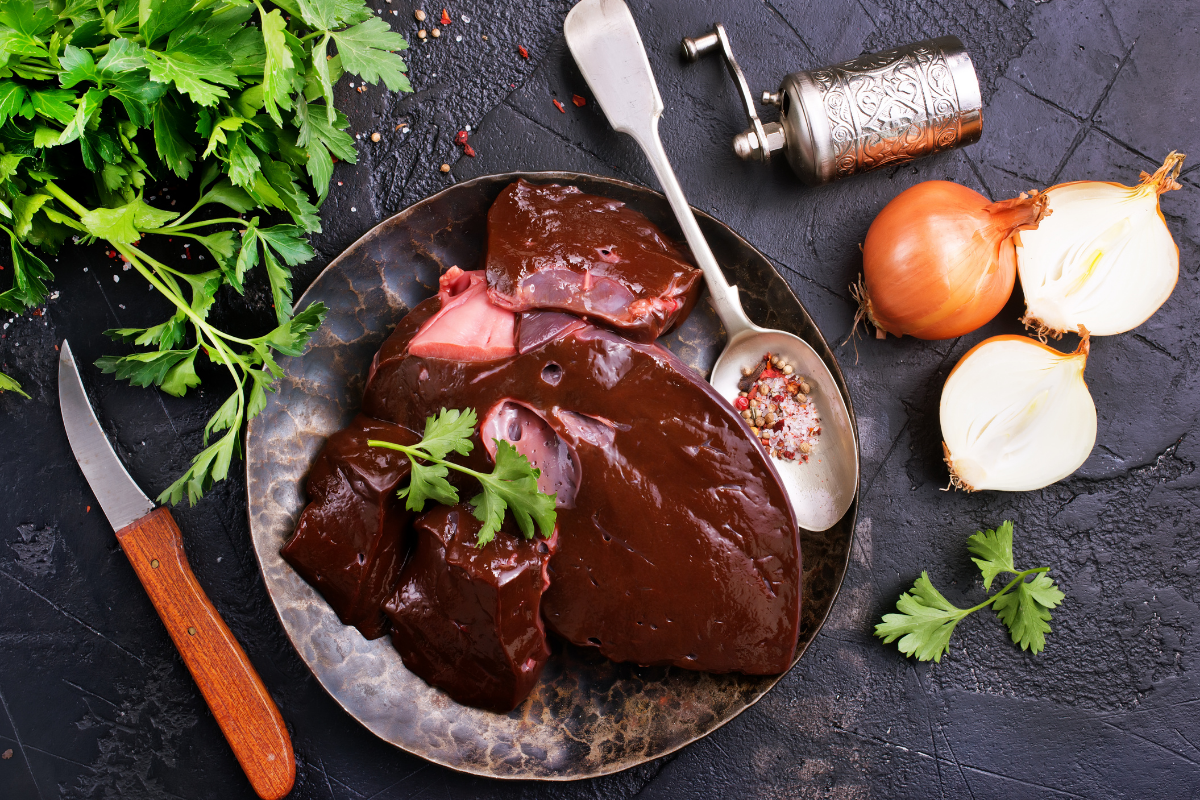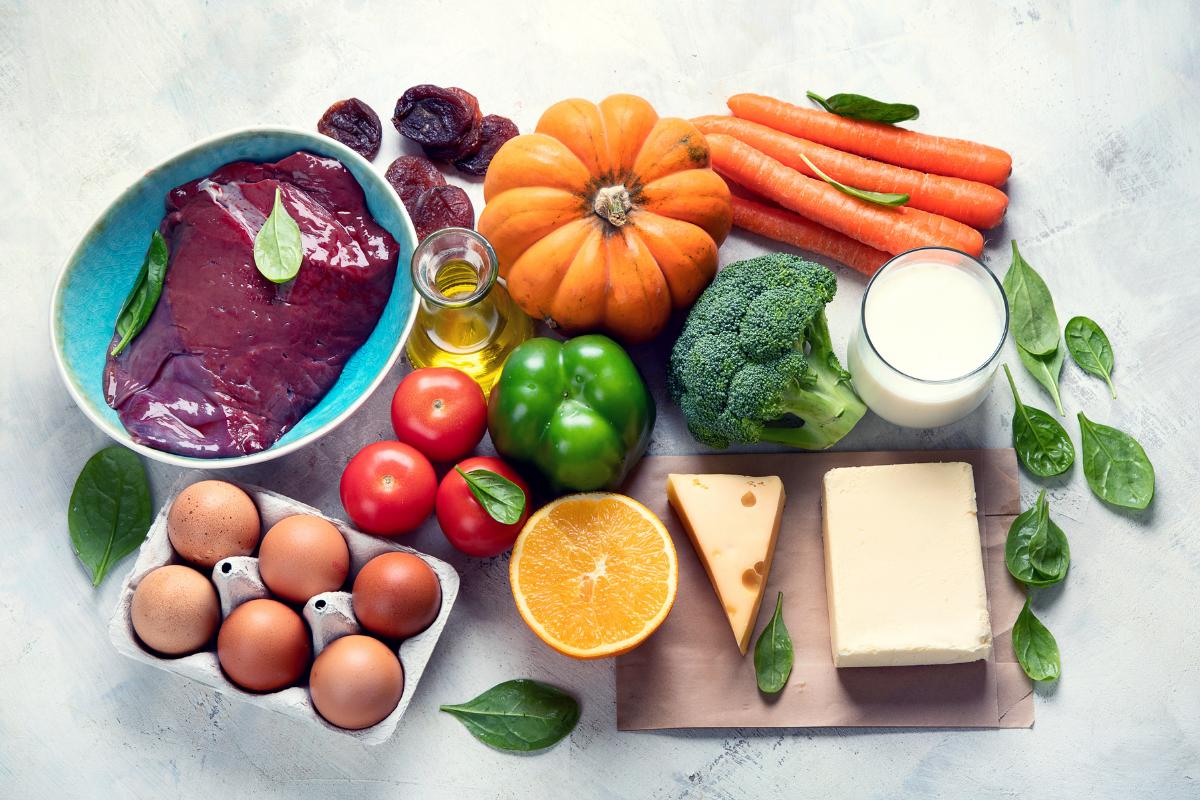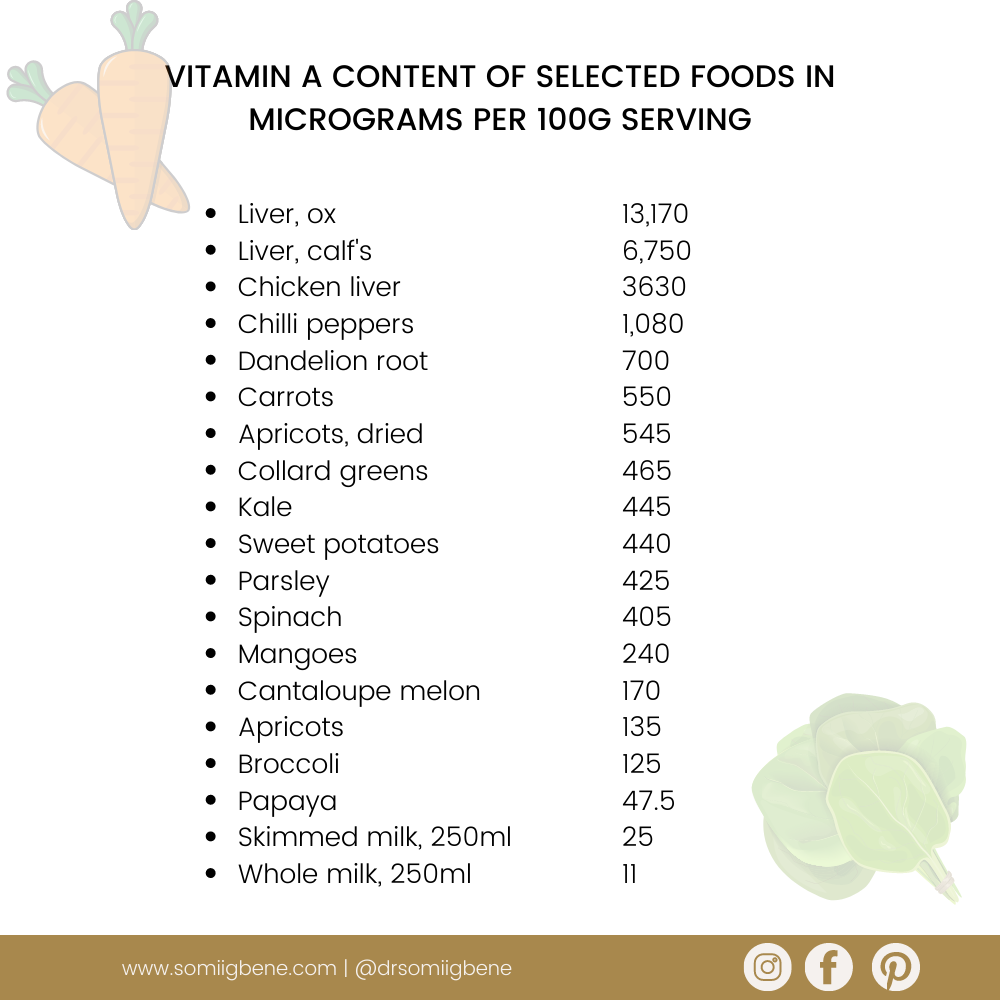
Learn the best food sources, benefits and deficiency symptoms of vitamin A.
Vitamin A is a general term that includes fat-soluble molecules, including retinol, retinyl palmitate, and beta-carotene.
It was first discovered in 1913 by a group of researchers at the University of Wisconsin and Yale University. They found that animals fed a fat-deficient diet had poor growth and immunity.
These animals also had inflamed eyes that were prone to recurrent infections. However, when the researchers supplemented their diets with natural fats from butter or cod liver oil, the animals regained healthy eyes.

Why You Need Vitamin A
- Promotes normal vision and helps you see correctly in the dark.
- Promotes proper growth and development
- Maintains the health and structure of the skin
- Protects you from infections by keeping the cell membranes of your skin, mouth, stomach, intestines, lungs, and kidneys healthy.
- Works as an antioxidant (in the form of carotenoids) and may reduce the risk of certain age-related diseases.
How Much Vitamin A Do You Need?
Your vitamin A needs depend on your age, gender and reproductive status. In the United Kingdom,
The recommended dietary allowance (RDA) for adult males is 700 µg, 600 µg for adult females and 363 µg for children up to age four.
In the United States, the recommended daily intakes are slightly different. See the table below.
| Age (years) | Gender | Daily Vitamin Requirements |
| ≥14 | Males | 900 µg (3000IU) |
| ≥14 | Females | 700 µg (2300IU) |
| ≥14 | Females (pregnant) | 770 µg (2500IU) |
| ≥14 | Females (breastfeeding) | 1200 µg (4000IU) |
Avoid taking vitamin A supplements and eating liver or liver products if you are pregnant or likely to become pregnant. Vitamin A and liver products can cause birth defects in a developing foetus.
The best sources

The best sources of preformed vitamin A (retinol and retinyl ester) are liver, whole milk, and fortified skimmed milk. Your body makes vitamin A from provitamin A (beta-carotene and other carotenes). The best sources of beta-carotenes are dark green leafy vegetables such as collard greens, spinach, and yellow-orange vegetables such as carrots, sweet potatoes, and squash.
Because your body stores it, excess vitamin A intake (usually from supplements or high consumption of liver/liver products) can be harmful. It can cause headaches, dizziness, vomiting, coma, nerve damage and birth defects in babies.
High intakes of beta-carotene from vegetables and fruits may turn the skin yellow once your body stores enough vitamin A, but that’s only temporary and not harmful.

Deficiency Symptoms
The symptoms of vitamin A deficiency include:
- Night blindness
- Dry, scaly skin
- Reproductive problems
- Anaemia
- Low immunity
- Poor growth
- Inability to see in low light (xerophthalmia)
References:
- Sommer, A. (2008) Vitamin A deficiency and clinical disease: An historical overview. The Journal of Nutrition, 138(10), 1835–1839.
- Chea, E.P., Lopez, M.J., Milstein, H. (2020) Vitamin A. In: StatPearls. Available from: https://www.ncbi.nlm.nih.gov/books/NBK482362/
- West, K.P. (2003) Vitamin A deficiency disorders in children and women. Food and Nutrition Bulletin
- Huang, Z., Liu, Y., Qi, G., Brand, D., and Zhenng, S.G. (2018) Role of vitamin A in the immune system. Journal of Clinical Medicine, 7(9), 258.
- Dawson, M.I (2000) The importance of vitamin A in nutrition. Current Pharmaceutical Design. 6(3), 311–25.

